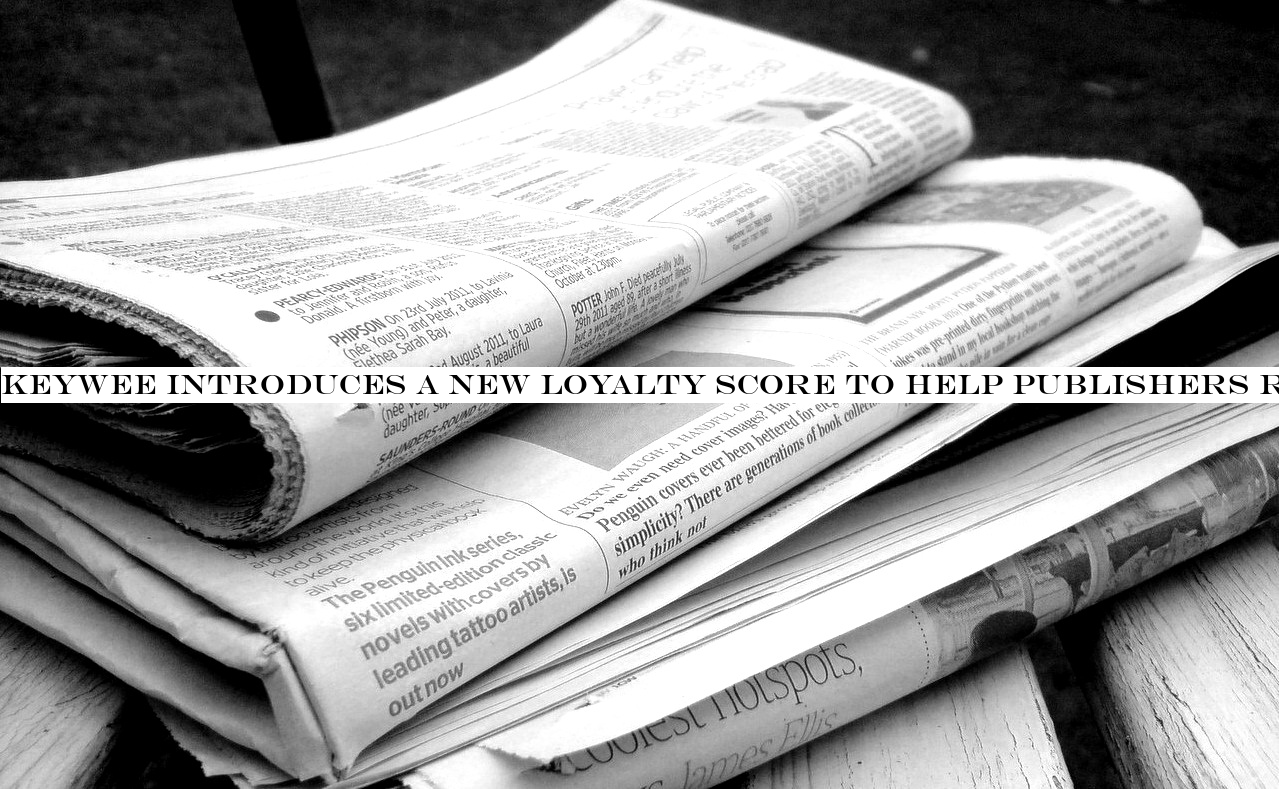INSUBCONTINENT EXCLUSIVE:
I don’t want to hurt your feelings, but here’s the truth: Not all readers are created equal.At least, that’s how things look from a
user acquisition perspective, where publishers running ad campaigns to reach new readers might end up bringing in a whole bunch of random
visitors who are unlikely to ever return their site again.“It’s less about just getting eyeballs on the content,” said Jared Lansky,
chief commercial officer at marketing startup Keywee
“Loyalty is just more valuable for publishers.”Keywee (backed by Eric Schmidt’s Innovation Endeavors and The New York Times) is
trying to solve this problem with a new feature called the Loyalty Score
Lansky told me that the score does exactly what the name suggests — it measures reader loyalty, based on how many times someone returns to
the site and how many pages they view.This, in turn, can help publishers make smarter decisions about growth
They can see which of the Facebook ad campaigns run through Keywee are actually bringing in loyal readers and which aren’t
And they can tweak the campaigns accordingly, targeting audiences and highlighting articles in a way that’s most likely to attract loyal
readers rather than random visitors.The score can also shape the way that publishers interact with visitors on their own site
For example, if they’re trying to build a subscription business, they can target their subscription offers and paywalls at readers with a
higher Loyalty Score.Lansky also noted that the data used to calculate the score comes from the Keywee pixel and the Facebook pixel, with no
additional data collection required.“Loyalty Score has given us a whole new world of insights into our user acquisition campaigns,” said
Kiplinger.com Director of Digital Operations - Advertising Andy Price in a statement
“For example, we’re seeing that promoting content that talks about planning for retirement drives more return visitors than posts about
saving money on groceries.”

